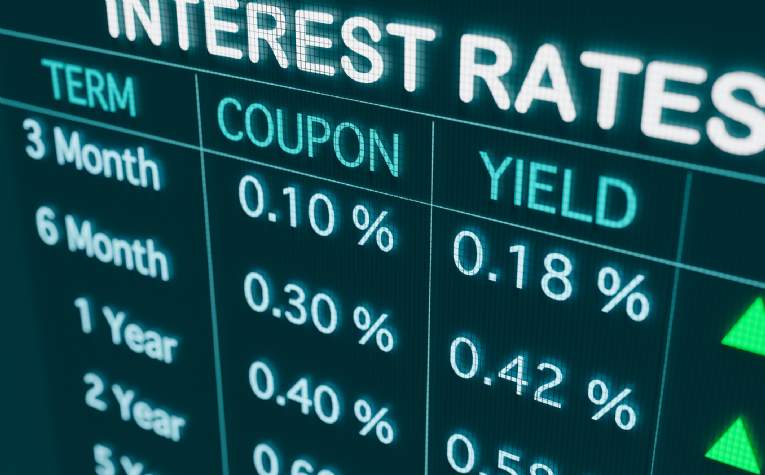2022 saw a record first quarter for global commercial real estate, with volumes reaching $280 billion, 16 per cent above the five-year average. Although much of the world seems to have emerged from Covid-19 related uncertainty, we now face a new set of geopolitical challenges feeding through into three interconnected macroeconomic trends: economic slowdown, inflation and an increasing cost of money. How could these impact real estate transactions globally?
Firstly a global economic slowdown. Historical trends demonstrate the correlation between commercial real estate investment and GDP. Slower growth was inevitable following the rapid recovery in 2021, however persistent inflation and the war in Ukraine have impeded the economic recovery. The IMF recently revised its 2022 world GDP growth from 4.0 per cent to 3.2 per cent.
The cyclical nature of real estate suggests that as the economic outlook is less positive so too are the prospects for occupier activity, and thus real estate investment flows. Although real estate should remain a desirable destination for capital as arguably a recession will have equal, if not worse, effects on other asset classes including credit and equities.
Secondly, high inflation erodes the present value of future income from property which, especially when combined with the economic slowdown, makes it more difficult for landlords to raise rents. Rising raw material, energy and transportation costs will also lead to higher building costs, discouraging new and re-development activity.
The rising cost of debt may also squeeze some investor returns and accelerate price polarisation.
Central banks across the world are increasing interest rates in order to cool inflation. This is raising the cost of capital, and with real estate transactions increasingly financed by debt, could put pressure on yields especially for non-prime assets with limited rental growth prospects. Prime asset prices are more resilient due to limited stock and occupier desire for high quality, ESG compliant, well located and amenity rich assets, particularly within the office market.
So how will these factors play out in global investment trends in the coming months?
As the economic uncertainty of current global events takes hold of markets, there could be a slowdown in commercial real estate transactions, although prime assets will be more resilient as development activity is delayed and a high amount of capital continues to target a finite supply of high quality stock.
Pandemic asset allocation trends look set to continue: investors will focus on real estate sectors with strong fundamentals and defensive characteristics offering stable income, and may move away from those more dependent on household discretionary spending. Sectors that provide regular rent reviews, or indexation, can help to provide some protection against inflation.
We anticipate investor demand for multifamily and logistics to remain solid due to structurally higher demand for rental homes and the rise of e-commerce; apartments currently hold the greatest share of total global real estate investment at 32 per cent, while industrial has proven the most robust sector to cross-border activity, its share doubling from 16 per cent in Q1 2019 to a third in Q1 2022.
Further information
Spotlight: Savills Global Capital Markets Quarterly – Q1 2022


